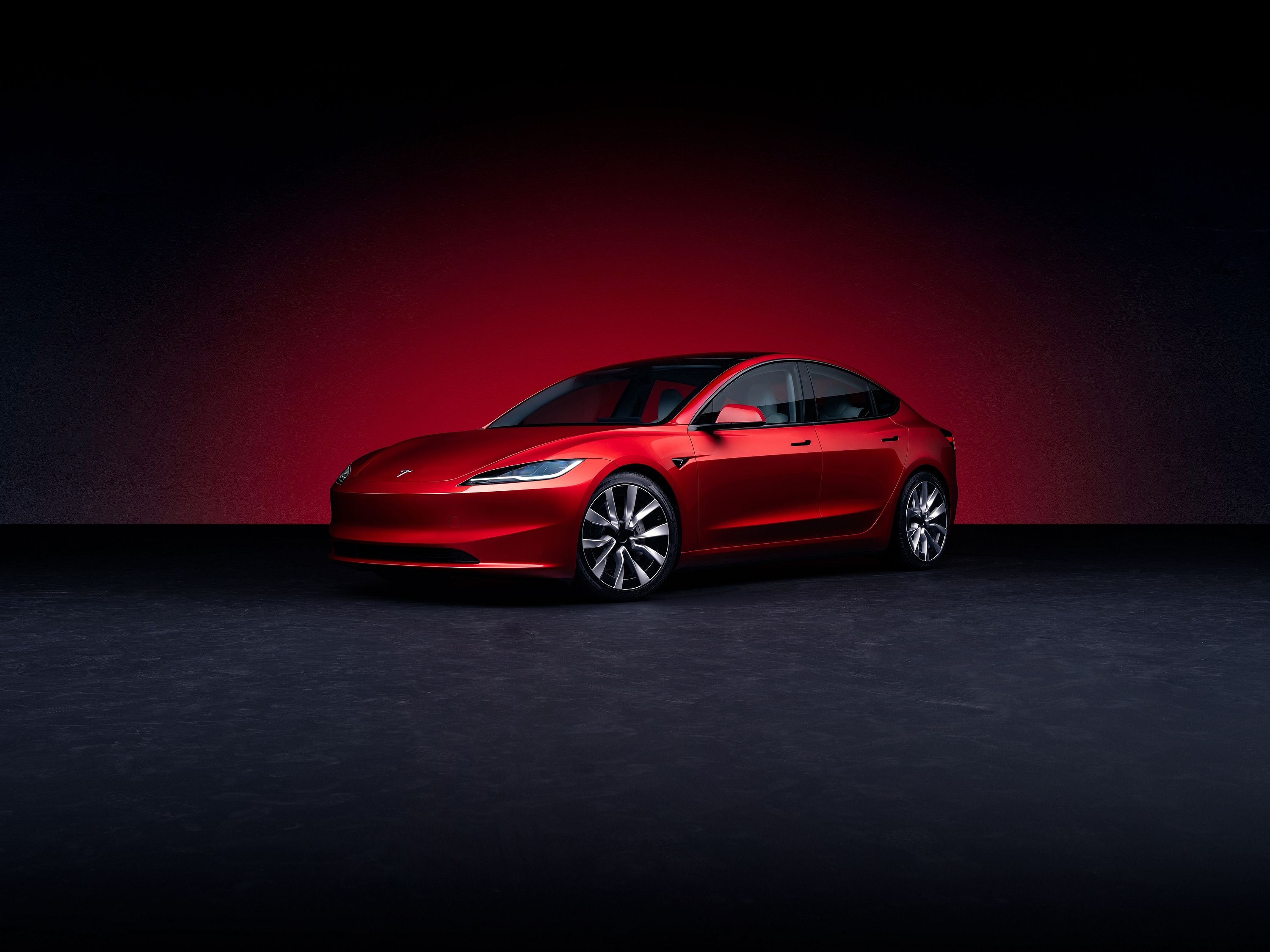
Tesla's Autopilot system has been on a slow, steady march toward full autonomy since it first launched, and despite plenty of opposition over its branding and implementation, Tesla continues to hone and refine it, adding new functionality with each successive iteration.
Now, Tesla Autopilot is about to take a huge stride forward in the form of an automatic-stop system capable of recognizing red lights and stop signs, and thanks to a leaked image of Tesla's operator manual, we've got the details on how the new system will work out in the world.
Tesla has already started pushing the feature to its beta-testers ahead of its release to the broader consumer base, and just last week, we shared a video of the feature's operation in action.
The ability to properly interact with traffic intersections is something people have been asking for from Tesla Autopilot for some time, notably after a deadly high-profile crash in California late last December in which a Tesla Model S operating on Autopilot ran a red light and crashed into a Honda Civic. The crash was one of more than a dozen that prompted a full special investigation from the US National Highway Traffic Safety Administration.
Autopilot's new feature is officially dubbed "Stopping at Traffic Lights and Stop Signs", and while not the catchiest of names, it works. It uses a combination of forward-facing cameras and GPS data to detect upcoming traffic lights, stop signs, and other road signage, and it's active whenever Autosteer or Traffic-Aware Cruise Control is active.
Of course, Tesla's documentation makes it abundantly clear that drivers are still ultimately responsible for watching and responding to traffic signals, and there's a list of exceptions that the system is not designed to account for. These include railroad crossings, keep-out zones, toll booths, crosswalks, yield signs, temporary traffic lights and stop signs, and various other unpredictable cases like traffic U-turn lights, bike and pedestrian crossing lights, etc.
Most interesting of all, Tesla is showing an uncharacteristic abundance of caution with its new intersection-handling system by requiring driver "permission" to proceed through green lights, either with a subtle tip-in on the accelerator or a gentle press on the gear selector.
Tesla has done more than perhaps any other automaker to put automated driving systems in the hands of drivers everywhere, and it's exciting to see yet another competency added to Autopilot's repertoire.
